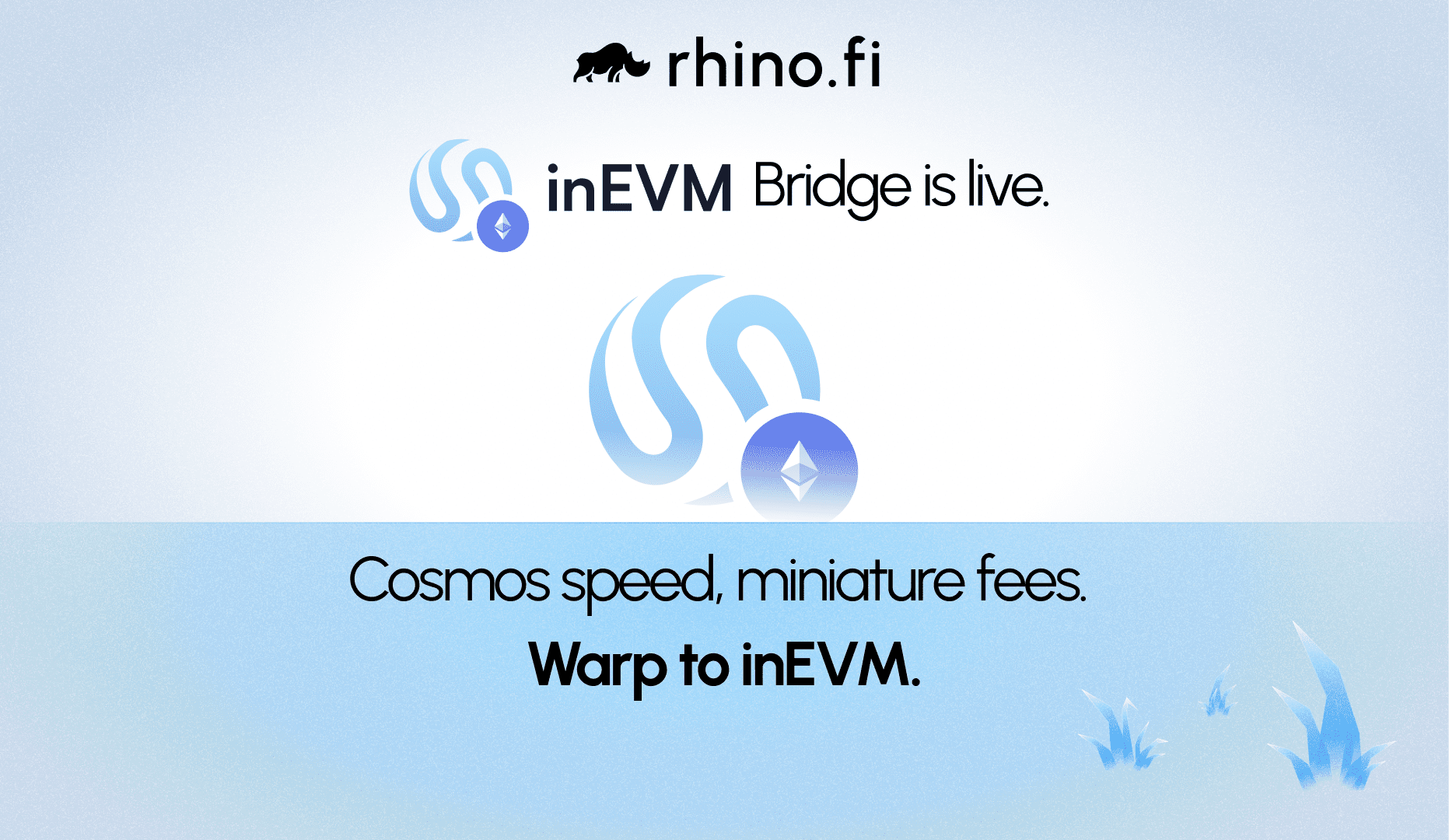You may have seen Wrapped Bitcoin or Wrapped Ethereum (wBTC or wETH) pop up when using rhino.fi, and be wondering what these assets are all about.
Essentially, wrapped tokens are copies of the original asset, created for other blockchains. In other words, they allow assets to be traded on chains other than the one they’re built on.
So Wrapped Bitcoin can be traded on Ethereum, Avalanche or any other blockchain that wishes to adopt the token. If you hold Bitcoin, this greatly increases your trading possibilities.
That’s the 101, but there’s a whole load more info you should know about this whole concept. So in this edition of RhinoLearn, we’re going to take you on a deep dive.
Why do we need wrapped tokens?
As we mentioned in our coins vs tokens post, coins are built on their own dedicated blockchain (unlike tokens, which are built on top of the blockchain) and they’re only designed to be used with that blockchain.
So Bitcoin is built on its own blockchain. So is Ethereum, Avax, Solana… you get the picture.
If we want to trade these assets on other blockchains, it’s extremely difficult. This wasn’t so much of a problem in the early days of crypto, when there were only a few assets to choose from. But nowadays, with new assets being created all the time, it’s a hurdle that belongs in the past.
So the blockchain community has created wrapped tokens. These are based on a form of bridge, which takes the asset from its blockchain of origin and creates a new asset that’s compatible with the destination blockchain.
Bitcoin, for example, has its own specific coding that prevents it being used on Ethereum. But with Wrapped Bitcoin, we have an asset that is coded to work with Ethereum and interact with other Ethereum-compatible tokens.
If you want a real-world analogy (and we love an analogy here at Rhino HQ), imagine you have an app that’s designed to work purely on iPhone. To bring it onto Samsung, Huawei or any other Android phone, you need to tweak the coding so it’s compatible. This is what the developers of wrapped tokens do.
Wrapped tokens have to be backed 1:1 by their original counterpart. In other words, if you want 1 wETH to use on another blockchain, you need to deposit 1 ETH across the bridge.
Ok, so why are they called ‘wrapped’?
Good question. Well, the bridges used to create wrapped assets are bound by digital vaults at either end, which lock up the destination asset so it can’t be used. These vaults are known as wrappers.
When an asset is sent across the bridge from its blockchain of origin, it is placed in the wrapper and taken out of circulation. The same thing happens if you want to take the asset back across the bridge (in other words, swap wETH back to ETH or wBTC back to BTC): the wrapped asset is placed in the vault and the original asset is allowed out again.
Ok, so what can we do with wrapped tokens?
The word of crypto, and DeFi, is hurtling into a new, multi-chain future.
At rhino.fi, we’re striving to provide the gateway to this new world: we’ve already pioneered frictionless cross-chain swaps, and pulled yield opportunities from across the DeFi ecosystem. And we’ll be going further down this road in the months ahead.
But multi-chain can’t work if the most popular assets are anchored to their native chains. It’s no use building a cross-chain swap platform, for example, if you can’t include Bitcoin on it.
Wrapped Bitcoins give us a shortcut around this problem. All the best tokens are in play, which maximises the possibilities of inter-chain connectivity. And for users, it means you can weave in and out of your favourite ecosystems without having to give up your assets along the way.
In the old fiat world you could exchange any currency for another when you travel around. The new, more advanced crypto world should give you the same freedom.
Wrapped tokens make this happen.
So, in summary:
- Wrapping allows native coins to be traded on non-native blockchains.
- They’re based on a certain kind of bridge.
- The term ‘wrapper’ is another name for the technology used to store tokens on either side of the bridge.
- Wrapping greatly increases the potential of multi-chain technology.
Found this edition of RhinoLearn useful? Then take a look at our post on how to judge the merits of a crypto asset. Whether you’re looking to trade an original asset, or its wrapped counterpart, this post will tell you what you need to know.



